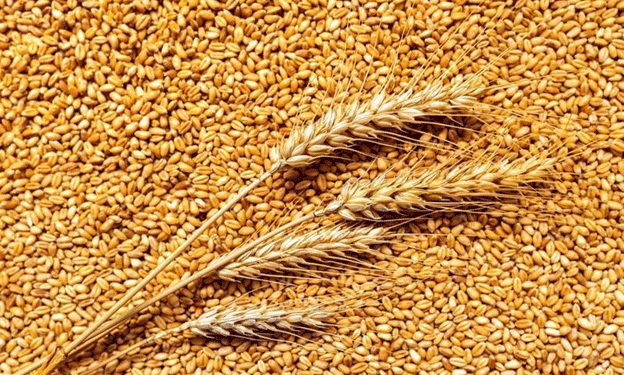As a global leader in wheat exports, Russia is gearing up for a significant year in 2025, with projections indicating a potential grain harvest exceeding 130 million tons, including 85 million tons of wheat. These figures are contingent on favorable weather conditions and the recovery of winter crops during spring vegetation.
The Grain Export and Production Union’s Expert Council has forecasted an export potential of 45 million tons of grain, including 40 million tons of wheat under an optimistic scenario. Strategic export planning, including a temporary export quota, will shape the trade landscape for the first half of the year.
Export Quotas and First-Half Outlook
To regulate supply and stabilize domestic markets, a quota will limit grain exports from February 15 to June 30, 2025, to 10.6 million tons. Of this, approximately 500,000 tons will be allocated for corn exports from the Far East, an area that enjoyed a successful local harvest in 2024.
For January through mid-February, exports are projected at 4.5 million tons (3 million in January and 1.5 million in early February). By July 1, 2025, total grain exports could reach 15 million tons, ensuring a steady flow to international markets while maintaining domestic supply stability.
Second-Half Export Scenarios
The second half of 2025 presents two scenarios:
- Optimistic Scenario:
If favorable conditions persist, grain exports in the latter half could total 30 million tons, including 25 million tons of wheat. This assumes robust demand and minimal logistical disruptions. - Conservative Scenario:
In a less favorable market environment, second-half exports may be limited to 20 million tons, predominantly wheat. This scenario accounts for potential trade restrictions or fluctuating global demand.
Expert Contributions and Strategic Analysis
The Expert Council of the Grain Export and Production Union, led by Igor Pavensky from Rusagrotrans, brings together key industry players such as Aston, Demetra Holding, and OZK. This committee plays a pivotal role in market assessment and policy formulation, ensuring Russia’s competitiveness in global grain markets.
These experts emphasize the need for adaptive strategies to address variable export quotas, weather-dependent yield outcomes, and evolving global trade dynamics.
Challenges and Opportunities
While 2025’s projections are promising, challenges remain:
- Weather Dependence: Successful spring recovery of winter crops is critical.
- Export Quotas: Regulatory constraints could limit market access in the first half of the year.
- Global Competition: Competing exporters like Ukraine, the U.S., and Argentina may influence global prices.
Opportunities include leveraging high-quality harvests to secure premium markets and diversifying export routes to reduce dependency on specific regions.
Russia’s 2025 wheat and grain sector outlook demonstrates its continued dominance as a global agricultural powerhouse. By balancing export regulations with market demands, the country is well-positioned to achieve record harvests and sustain its leadership in international grain trade. The collaborative efforts of industry stakeholders ensure adaptive strategies to navigate both opportunities and challenges, solidifying Russia’s role in feeding the world.
Error





